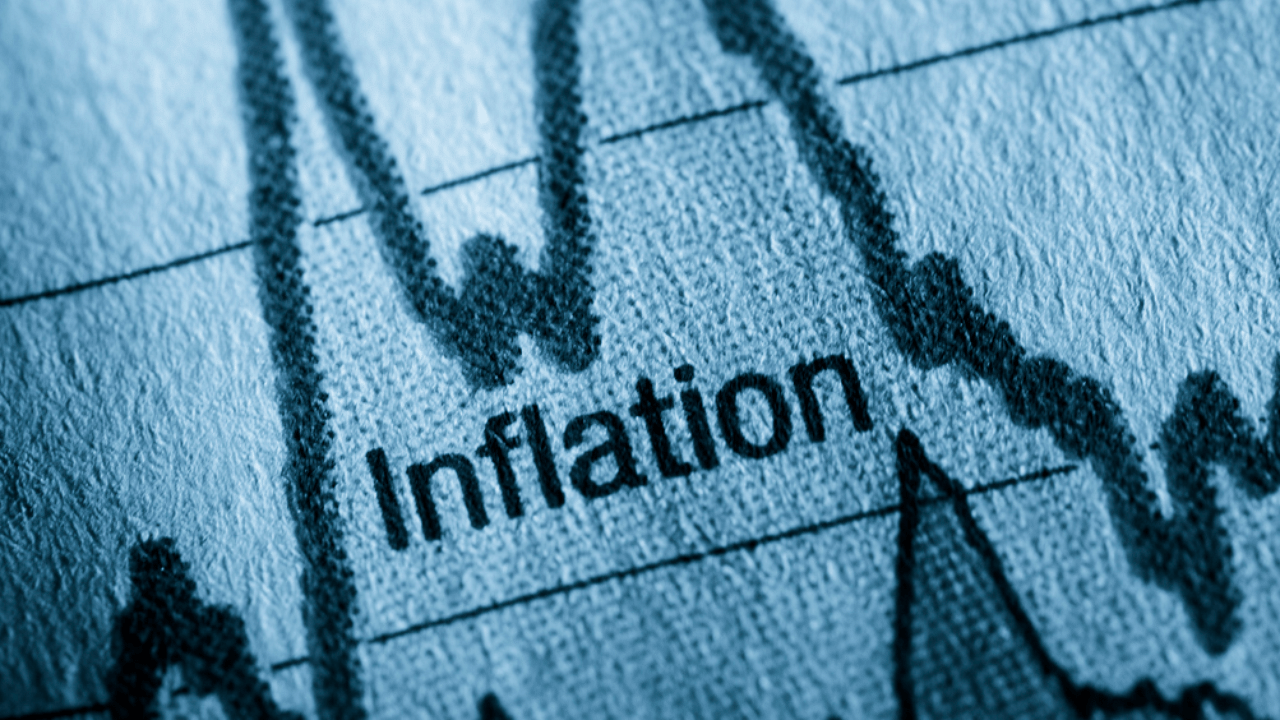
The devastating second wave of the pandemic was accompanied by large-scale lockdowns in most parts of the country. Consequently, households suffered from a loss of livelihood. Unfortunately, a high level of inflation for certain essential commodities further enhanced the pain of the low- and middle-income households.
The pandemic has made many avoid public transport and the triple-digit price of petroleum is burning holes in everyone’s pockets, directly or indirectly. Petrol price, according to the RBI report, was Rs 83.34 a litre in July 2020 which increased to Rs 101.79 in July 2021, registering a whopping 22% rise. The price of an LPG cylinder was Rs 604 in July 2020, but it increased by as much as 40% to Rs 845 in July 2021. The price of another item of daily use, edible oil, has increased steadily since 2019, but a sharper increase was visible from June 2020. Similarly, other items of daily use, such as pulses, registered a substantial price rise. Though the overall CPI inflation in June stands at 5.58% (food and beverages), several commodities in isolation have displayed much higher inflation rates; these include eggs (19%), oil and fats (35%), fruits (12%), and pulses (10%).
These year-on-year consumer price-based inflation rates (for June 2021) vary across regions too and most southern states experienced higher inflation than the national average. For example, the state of Karnataka had a CPI inflation rate of 6.6% as against the all-India average of 6.26. Even higher rates prevailed in Tamil Nadu (7.49%) and Telangana (7.37%). Similarly, in the east, the inflation rate in West Bengal was (6.74%).
A look at the causes of price rise reveals supply-side problems. Supply cuts by the OPEC countries (from April 2020 onwards) explain the rise in prices of petrol and diesel. Even moderate revivals of the advanced economies (which appear to have occurred in the West, starting with the US) raise the demand for crude oil and hence its price, unless crude supply rises. In these economies, there are now demand generated inflationary pressures for other commodities as well. A rise in such inflationary pressures has the potential to raise the prices of imported goods in India.
There are global supply-side reasons for the significant rise in edible oil prices too and India being a net importer faced the brunt of this phenomenon. Data reveal that there has been an 89% year-on-year increase in import cost in Q1 2021-22 for vegetable oil in India. Within the domestic market as well, there has been a rise in cost due to supply chain disruptions and an increase in transportation costs owing to the rise in fuel price. Simultaneously, lockdown and covid protocols have snowballed production costs. Since many production units are restricted to run at 50% capacity, producers are losing the benefits of economies of scale as well.
As noted above, moderate improvements in the US and other advanced economies are generating inflationary pressures there. The Federal Reserve Bank is responding to this by ushering in a tighter monetary policy leading to a rise in the interest rate. As a consequence, portfolio investors are warily moving their funds to the US. For an emerging market economy like India, this leads to excess demand for dollars (to be invested in the US). Since dollars need to be purchased with rupees, the phenomenon causes the exchange rate to move against the rupee, making dollars more expensive.
On the one hand, the rise in the price of crude oil is inflating our import bill. On the other hand, to add fuel to fire, the rupee price of the dollar, too, is threatening to move upwards on account of the hawkish policy pursued by the US monetary authority. Our import bill is facing a compounded rise as it were. According to the RBI Bulletin for July 2021, India’s trade balance has been (-)3.8% of GDP in 2020-21.
Inflation is an inevitable outcome of cost increases. However, one worries if such cost-push inflation will not be accompanied by demand pulls as well. The possibility of aggregate demand rise cannot be ruled out even in India, since the Central government has declared a dearness allowance and relief hike to 28% from July 1, which had been earlier frozen due to the pandemic. What with production going through a slowdown, the higher demand will most likely raise prices even more. One suspects therefore that inflation has not come to roost merely in the short term. It could grow worse and stay longer.
Such inflation will hurt the informal sector far more than the formal sector, needless to say. The only silver lining though is that a rise in commodity demand might translate into a rise in labour demand. Unemployment could fall therefore but unless Covid is brought under control, the silver lining could soon turn grey on account of workers falling prey to infections.
(Dasgupta is former professor of economics, Indian Statistical Institute, and Meenakshi is a professor at Institute for Social and Economic Change, Bengaluru)